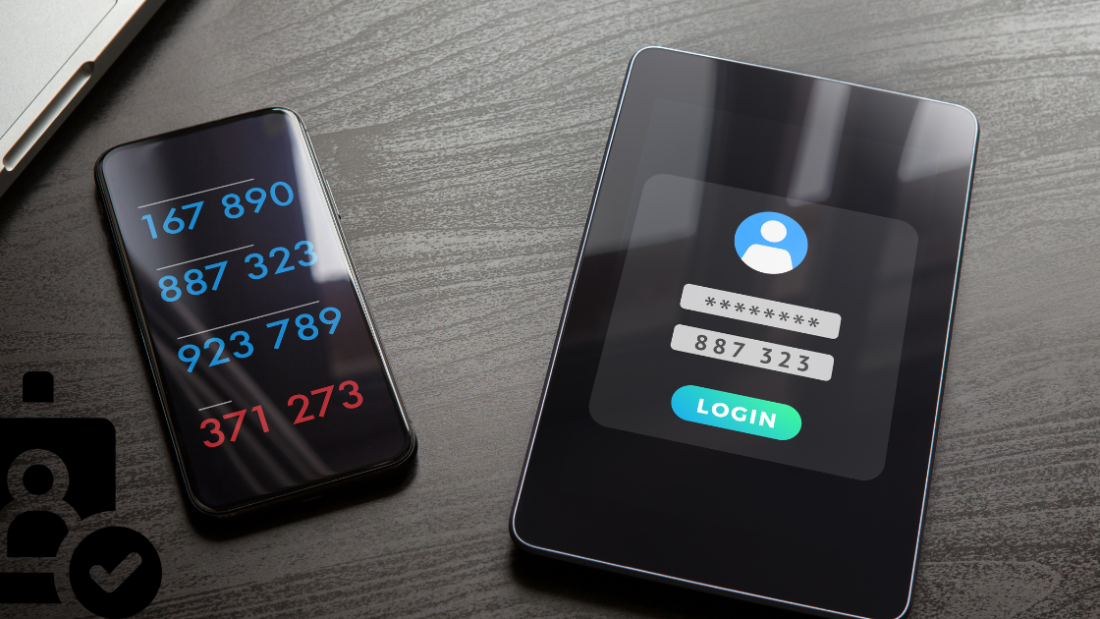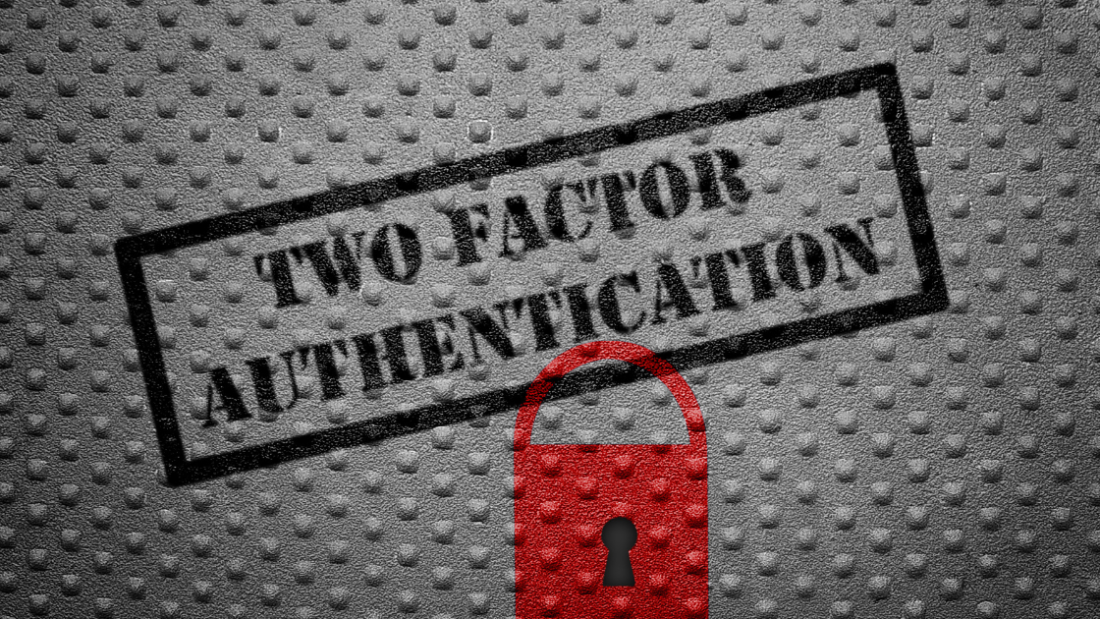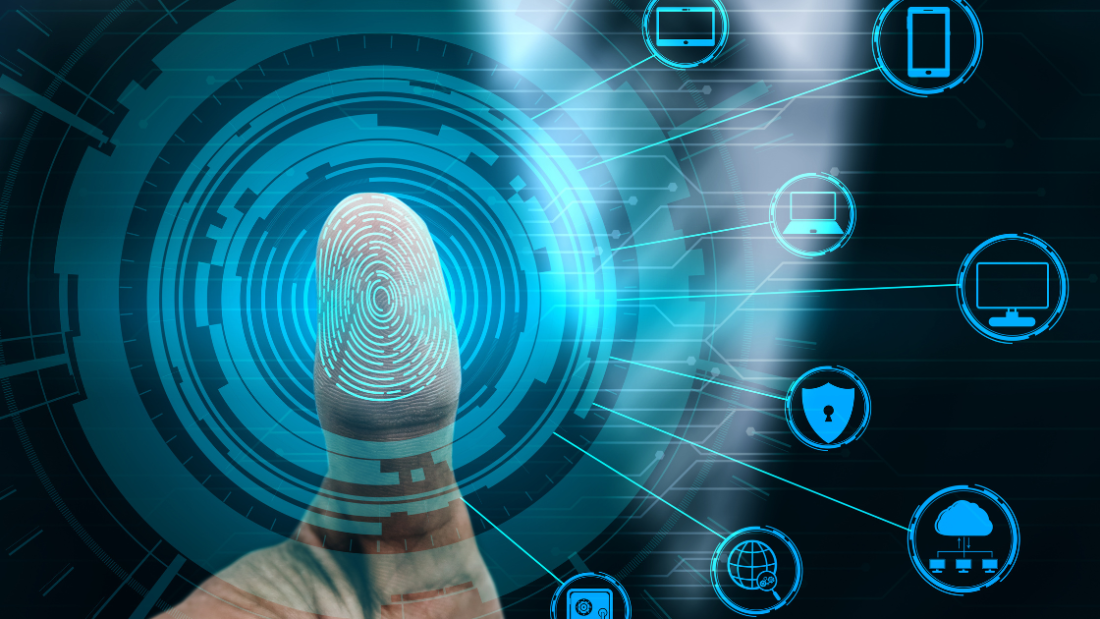Are you tired of waiting for slow authentication processes? Imagine a world where access is granted in the blink of an eye. Fast-paced biometric authentication is revolutionizing security measures, ensuring quick and reliable identity verification. Say goodbye to tedious logins and hello to seamless user experiences. With this cutting-edge technology, your data stays secure without compromising convenience. Stay ahead of the curve with biometric authentication that adapts to the speed of your life.
Understanding Fast-Paced Biometric Authentication
Definition of Fast-Paced Biometric Authentication
Fast-paced biometric authentication is a cutting-edge method that swiftly verifies an individual’s identity through unique biological traits. This process involves rapid identification using characteristics like fingerprints, facial features, or iris patterns.
Biometric authentication is a highly secure method that relies on the uniqueness of each individual’s biometric data. It ensures enhanced security by making it extremely difficult for unauthorized users to gain access.
Various Biometric Modalities in Authentication Processes
Fingerprint Recognition:
Utilizes unique patterns on an individual’s fingertips for identification.
Widely used in smartphones and access control systems due to its convenience and accuracy.
Facial Recognition:
Analyzes facial features such as the distance between eyes, nose, and mouth.
Commonly seen in airports for passport verification and unlocking devices.
Iris Scanning:
Captures intricate patterns in the colored part of the eye.
Known for its high level of accuracy and used in high-security environments.
Speed Enhancing User Experience and Security Simultaneously
The rapid nature of fast-paced biometric authentication significantly enhances user experience by reducing waiting times and streamlining the verification process. Users no longer need to remember complex passwords or carry physical tokens, making the authentication process seamless and convenient.
Moreover, speed plays a crucial role in bolstering security measures. By quickly verifying a user’s identity, fast-paced biometric authentication minimizes the window of opportunity for potential security breaches. This real-time verification ensures that only authorized individuals can access sensitive information or restricted areas.
Pros:
Enhanced security through quick identity verification.
Improved user experience with faster authentication processes.
Cons:
Potential privacy concerns regarding the storage and usage of biometric data.
Importance of Speed in E-Commerce
Customer Satisfaction
Speed plays a crucial role in enhancing customer satisfaction in online shopping. When customers experience quick and efficient transactions, they are more likely to have a positive shopping experience. This leads to increased loyalty and repeat purchases.
Faster authentication processes contribute significantly to reducing cart abandonment rates. Customers appreciate seamless and swift transactions, and any delays in the authentication process can lead to frustration and ultimately result in abandoned carts. By implementing fast-paced biometric authentication, businesses can minimize cart abandonment and improve conversion rates.
Competitive Advantage
Rapid transaction processes provide businesses with a competitive advantage in the e-commerce landscape. In today’s fast-paced digital world, consumers expect instant gratification and swift services. By offering rapid biometric authentication, businesses can differentiate themselves from competitors and attract more customers. This not only enhances the overall customer experience but also boosts brand reputation and loyalty.
Improved customer satisfaction
Reduced cart abandonment rates
Enhanced competitive advantage through rapid transaction processes
Enhancing Fraud Prevention with Biometrics
Unique Biometric Data
Fingerprint biometrics, facial recognition systems, and behavioral biometrics are unique to individuals, making them difficult to replicate. These characteristics provide a high level of security in biometric identification.
Biometric data, such as fingerprints, is distinctive to each person, enhancing the accuracy of identity verification. Unlike passwords or PINs, which can be forgotten or stolen, biometric information is inherent and cannot be easily duplicated.
Blocking Fraudulent Activities
Biometric methods play a crucial role in blocking fraudulent activities by ensuring that only authorized individuals can access sensitive information. For instance, fingerprint scanners are commonly used to grant access to devices or secure locations.
By utilizing various biometrics modalities, organizations can establish multi-layered security protocols, making it challenging for cybercriminals to breach systems. This proactive approach significantly reduces the risk of biometric theft and unauthorized access.
Pros:
Enhanced security through unique biometric identifiers
Multi-layered protection against fraudulent activities
Cons:
Initial setup costs for implementing biometric systems
Real-time Monitoring of Transactions
In the realm of e-commerce, biometric profiling allows for real-time monitoring of transactions, enabling swift detection of suspicious activities. This continuous surveillance helps prevent fraudulent transactions before they escalate.
Law enforcement agencies benefit from biometric information privacy laws, which safeguard individuals’ privacy while allowing authorities to leverage biometric data for criminal investigations. This balance between security and privacy is essential in maintaining trust in biometric technologies.
Steps for Effective Biometric Implementation:
Conduct thorough research on suitable biometric solutions
Ensure compliance with data protection regulations
Multi-Factor Authentication Integration
Synergy Between Biometrics and Additional Authentication Methods
Biometric authentication, when combined with additional authentication methods, creates a robust security framework. By integrating biometrics with factors like hardware authentication or passwordless solutions, organizations can enhance security layers. This synergy ensures that access is granted only after multiple verification steps, reducing the risk of unauthorized access.
Enhanced Security Through Multi-Factor Authentication
Multi-factor authentication (MFA) significantly increases overall security by requiring users to provide multiple authentication factors before accessing systems or data. This approach goes beyond traditional password-based authentication by adding layers such as biometrics, tokens, or one-time passwords. As a result, even if one factor is compromised, the others provide an additional barrier against unauthorized access.
User Preferences for Seamless Yet Secure Login Experiences
Users today prioritize seamless login experiences without compromising security. This preference has driven the adoption of multimodal authentication, which offers a balance between convenience and protection. With multimodal authentication, users can choose from various methods like fingerprint scans, facial recognition, or voice authentication based on their preferences and comfort levels.
Real-Time Fraud Detection
Mechanisms
Biometric authentication systems in real-time fraud detection analyze unique physical or behavioral characteristics to verify the identity of a user. These systems compare biometric data with stored templates to determine if the individual is a real user or a potential spoof.
Biometric algorithms process biometric data such as fingerprints, facial features, or iris patterns to detect any anomalies that may indicate fraudulent activities. By continuously monitoring and analyzing these characteristics, the system can promptly identify and respond to suspicious behavior.
Immediate Response
One crucial aspect of real-time fraud detection is the ability to provide an immediate response to any malicious actor attempting unauthorized access. When a potential threat is detected, the system can trigger alerts or require additional verification steps to ensure the security of the system.
By responding swiftly to suspicious activities, organizations can prevent unauthorized access and mitigate the risks associated with fraudulent attempts. This proactive approach enhances security measures and safeguards sensitive information from falling into the hands of hackers.
Reduction of False Positives
Advanced biometric algorithms play a significant role in reducing false positives in fraud detection processes. By utilizing sophisticated pattern recognition techniques, these algorithms enhance the accuracy of biometric authentication, minimizing the chances of erroneously flagging legitimate users as fraudulent.
The implementation of advanced biometric algorithms helps organizations maintain a balance between security and user convenience. By minimizing false positives, businesses can streamline their authentication processes while ensuring robust protection against fraudulent activities.
Benefits for E-Commerce Platforms
Cost Savings
Reduced Fraud and Chargebacks Biometric authentication offers e-commerce platforms significant cost savings by minimizing fraudulent transactions and reducing chargeback rates. With biometric data such as fingerprints or facial recognition, businesses can authenticate user identities more securely, lowering the risk of unauthorized purchases and fraudulent activities.
Streamlined Checkout Process
Enhanced User Experience Implementing biometric authentication in e-commerce platforms can greatly streamline the checkout process for users. Instead of entering lengthy passwords or PINs, customers can simply use their biometric data to verify their identity quickly and securely. This not only saves time but also enhances user convenience, leading to higher customer satisfaction and increased sales conversion rates.
Increased Customer Loyalty
Enhanced Security Measures One of the key advantages of fast-paced biometric authentication for e-commerce platforms is the potential for increased customer loyalty through enhanced security measures. By providing a more secure and seamless shopping experience, businesses can build trust with their customers, encouraging repeat purchases and fostering long-term relationships. Customers are more likely to return to an e-commerce platform that prioritizes their security and privacy, leading to improved customer retention rates.
Case Studies and Success Stories
Implementation Examples
Many modern enterprises like ABC Corp and XYZ Inc have successfully integrated fast-paced biometric authentication systems. These companies have streamlined their processes by allowing users to access their accounts using fingerprint or facial recognition.
Sales and Security Impact
Post-implementation, these companies have witnessed a significant increase in data security. Unauthorized access attempts have drastically reduced as numerical data shows a decline in fraudulent activities. Moreover, the seamless user experience has led to a boost in sales for these businesses.
Testimonials from Businesses and Customers
Business owners at ABC Corp rave about the efficiency of the new biometric authentication system. They highlight how it has simplified user access while enhancing security measures. On the other hand, customers appreciate the convenience of quick and secure logins without the hassle of remembering passwords.
Benefits Realized:
Improved data security
Enhanced user experience
Increased sales for businesses
Customer Feedback:
Users express satisfaction with the ease of access.
Business owners praise the system’s effectiveness in preventing unauthorized access.
Challenges and Considerations
Privacy Concerns
Privacy concerns surrounding fast-paced biometric authentication primarily revolve around the collection and storage of sensitive biometric data. Individuals worry about the security of their unique biometric markers, such as fingerprints or facial recognition patterns. Unauthorized access to this information could lead to identity theft or other malicious activities. Moreover, the potential misuse of biometric data raises ethical concerns regarding consent and control over personal information.
Technological Barriers
The widespread adoption of fast-paced biometric authentication faces technological barriers that hinder seamless integration. One significant challenge is the cost associated with implementing biometric systems across various devices and platforms. The algorithms used for biometric recognition may not always be accurate or reliable, leading to potential errors in user identification. These technical limitations pose obstacles to the smooth operation of biometric authentication solutions.
Regulatory Compliance
Ensuring regulatory compliance is crucial when implementing fast-paced biometric authentication systems. Organizations must adhere to strict guidelines to protect user privacy and prevent unauthorized access to sensitive biometric data. Non-compliance can result in legal repercussions and damage to an enterprise’s reputation. Therefore, companies must invest in robust security measures and protocols to safeguard biometric information effectively.
Future Trends in Biometric Authentication
Advancements in Technology
Biometric authentication is poised for significant advancements, with cutting-edge technologies enhancing security measures. The integration of AI and machine learning promises more robust and accurate biometric systems.
The use of biometric readers and sensors will become more widespread, offering seamless and secure access control. Advancements in facial recognition technology will revolutionize user identification processes.
Integration of AI and Machine Learning
The future of biometric authentication lies in the integration of AI and machine learning algorithms. These technologies will enable biometric systems to continuously learn and adapt, enhancing accuracy and security levels.
By leveraging AI, biometric solutions can detect and prevent fraudulent activities more effectively. The integration of machine learning will also enable biometric systems to evolve with emerging threats, ensuring constant protection.
Consumer Attitudes towards Privacy
As biometric technology evolves, consumer attitudes towards privacy and security are also shifting. Users are becoming more conscious of their biometric data’s safety and are demanding greater transparency from companies implementing biometric solutions.
Consumers expect secure storage and handling of their biometric information, driving companies to prioritize data protection measures. As a result, the focus on enhancing biometric security methods to safeguard user privacy will continue to grow.
Final Remarks
In a fast-paced world, incorporating biometric authentication into your e-commerce platform can revolutionize not only the speed of transactions but also the security measures in place. By embracing real-time fraud detection and multi-factor authentication, you enhance customer trust and streamline the user experience. The benefits are clear: reduced fraud, increased efficiency, and improved user satisfaction. As you navigate the challenges and consider future trends in biometric authentication, remember that staying ahead in the digital landscape requires adaptability and innovation. Keep exploring new ways to leverage biometrics for a seamless and secure online shopping experience.
Frequently Asked Questions
What is fast-paced biometric authentication?
Fast-paced biometric authentication refers to the quick verification of a user’s identity using unique biological characteristics like fingerprints or facial recognition in real-time scenarios.
Why is speed important in e-commerce?
Speed is crucial in e-commerce to provide seamless and efficient user experiences, reduce cart abandonment rates, and enhance customer satisfaction by enabling swift transactions and secure authentication processes.
How does biometric authentication enhance fraud prevention?
Biometric authentication enhances fraud prevention by offering a highly secure method of verifying users’ identities, making it difficult for fraudsters to access accounts or conduct unauthorized transactions using stolen credentials.
What are the benefits of real-time fraud detection in biometric authentication?
Real-time fraud detection in biometric authentication allows for immediate identification and prevention of fraudulent activities, ensuring enhanced security measures and minimizing potential financial losses for businesses and customers.
How can e-commerce platforms benefit from implementing biometric authentication?
E-commerce platforms can benefit from implementing biometric authentication by increasing security levels, reducing instances of fraud, providing a convenient user experience, and building trust with customers through robust identity verification processes.









